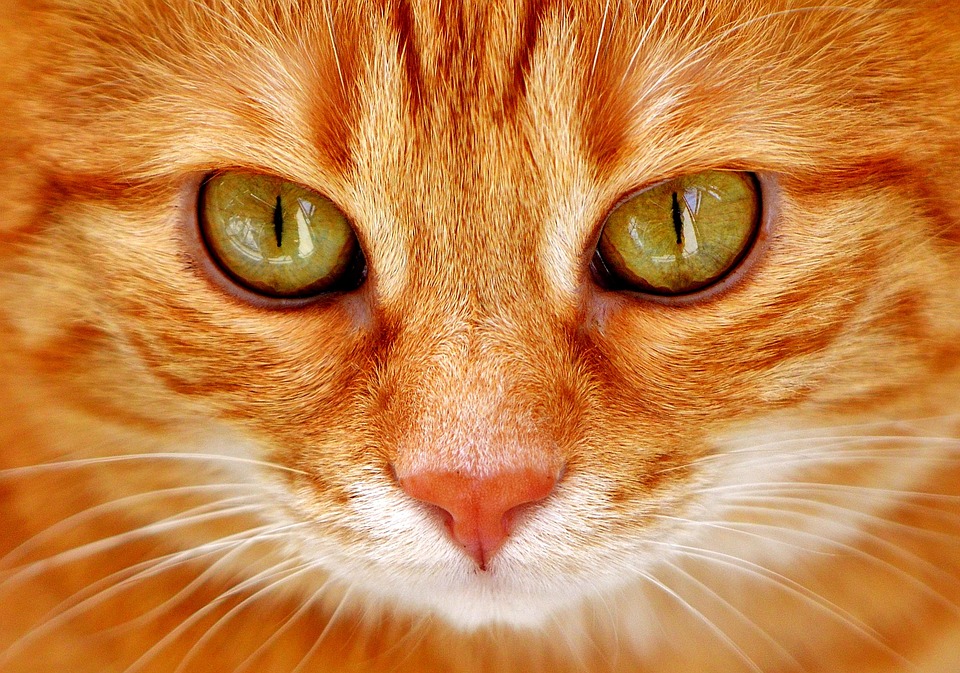Cats are known for their ability to communicate through various vocalizations. However, excessive vocalization can become a nuisance, especially when it stems from boredom. In this article, we will explore effective strategies to manage and minimize excessive vocalization in cats caused by boredom. Additionally, we will address some frequently asked questions related to this behavior.
Excessive vocalization in cats can be defined as an unusually high frequency and intensity of meowing or other vocalizations. While some level of vocalization is normal for cats, excessive vocalization can indicate an underlying issue. Cats may become excessively vocal for a variety of reasons, including attention-seeking, stress, anxiety, or medical problems. Boredom is also a common cause of excessive vocalization in cats.
Boredom can lead to excessive vocalization in cats because they may use vocalization as a means to seek attention or stimulation. When cats are bored, they may resort to excessive vocalization as a way to communicate their needs or express their frustration. It is important to address this behavior to ensure the well-being of both the cat and the owner.
Recognizing the signs of boredom-induced vocalization is crucial in order to address the issue effectively. Some signs to look out for include increased frequency and intensity of meowing, attention-seeking behavior, destructive behavior, restlessness and pacing, and overattachment to humans. If you notice these signs, it is important to take steps to manage the excessive vocalization.
Managing excessive vocalization due to boredom involves providing mental stimulation and enriching the cat’s environment. Interactive toys and puzzles can help keep cats mentally engaged and entertained. Rotating toys and playtime can prevent cats from getting bored with their toys. Encouraging independent play can also help cats entertain themselves when their owners are not available.
Enriching the environment is another important aspect of managing excessive vocalization. Providing vertical spaces and perches allows cats to explore their surroundings and feel secure. Window views and bird feeders can provide visual stimulation for cats. Hiding spots and tunnels can also give cats a sense of security and provide opportunities for exploration.
Scheduled interactive play is essential for managing excessive vocalization. Daily play sessions with interactive toys can help cats release energy and prevent boredom. Mimicking prey behavior, such as using toys that resemble small animals, can also help keep cats engaged and entertained.
Establishing a routine is crucial for managing excessive vocalization. Cats thrive on routine, so consistent feeding and playtimes can help prevent boredom and anxiety. Regular exercise and interaction with their owners can also help keep cats mentally engaged. Additionally, a stable sleep schedule can ensure that cats get enough rest and are not overly stimulated during the night.
Environmental enrichment techniques can also be helpful in managing excessive vocalization. Catnip and pheromone products can help calm cats and reduce anxiety. Calming music or white noise can create a soothing environment for cats. Visual stimulation, such as fish tanks or videos designed for cats, can also help keep them entertained.
It is important to avoid reinforcing excessive vocalization in cats. Ignoring attention-seeking meows can help discourage the behavior. Rewarding quiet behavior with treats or praise can encourage cats to be calm and quiet. Redirecting cats to appropriate activities, such as interactive toys or playtime, can also help distract them from excessive vocalization.
Now, let’s address some frequently asked questions related to excessive vocalization in cats due to boredom.
1. Can excessive vocalization in cats be a sign of a medical issue?
Excessive vocalization can sometimes be a sign of an underlying medical issue, so it is important to rule out any potential health problems. If you are concerned about your cat’s excessive vocalization, it is best to consult with a veterinarian for a proper evaluation.
2. How long does it usually take to see improvements in vocalization after implementing these strategies?
The time it takes to see improvements in vocalization can vary depending on the individual cat and the severity of the behavior. Some cats may show improvements within a few days or weeks, while others may take longer. Consistency and patience are key when implementing these strategies.
3. Should I punish my cat for excessive vocalization?
Punishing a cat for excessive vocalization is not recommended. Cats do not respond well to punishment, and it can lead to increased stress and anxiety. Instead, focus on positive reinforcement and providing alternative activities to redirect their attention.
4. Are there any specific breeds more prone to excessive vocalization?
While excessive vocalization can occur in any breed of cat, some breeds are known to be more vocal than others. Siamese cats, for example, are known for their loud and frequent vocalizations. However, individual personality and environmental factors also play a significant role in a cat’s vocalization behavior.
5. Can spaying or neutering help reduce excessive vocalization?
Spaying or neutering can help reduce excessive vocalization in some cats. Hormonal changes can affect a cat’s behavior, including their vocalization patterns. However, it is not a guarantee, and it is important to address any underlying boredom or anxiety as well.
In conclusion, excessive vocalization in cats due to boredom can be managed effectively by providing mental stimulation, environmental enrichment, scheduled interactive play, establishing routines, and avoiding reinforcement of unwanted behavior. By implementing these strategies, you can create a more harmonious environment for both you and your feline companion. Always remember to consult with a veterinarian if you have concerns about your cat’s excessive vocalization or any other behavioral issues.








